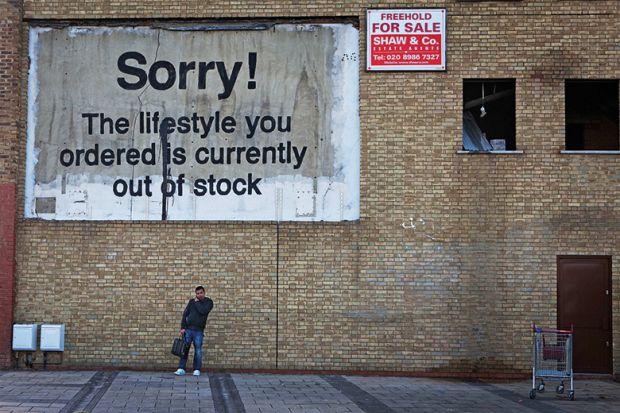We have a way to go to create an equal society. London South Bank University’s Race Equality Charter data left us in no doubt that our students face barriers to success connected to race and ethnicity at every stage of their higher education journey. Staff were less likely to have permanent contracts, less likely to be in senior roles and less likely to have complaints and grievances upheld if they had a black or minority ethnic (BME) background.
We know that we have a journey to undertake, and we must undertake it, because higher education is a gateway to social mobility.
Being able to talk about race within London South Bank was an essential starting point for our journey. To make the changes required, we needed to understand what was going on and why, so far, change had happened very slowly, if at all. To achieve this, we needed to hear the perceptions of BME individuals and groups, as well as reviewing the quantitative data.
Talking about race is hard, for a lot of reasons.
So when we wanted to start an institutional conversation, we needed to agree ground rules from the outset. These included that it would be all right to explain someone had used a word that made you angry or offended you, why it did and to suggest what words they could have used instead. Another ground rule was to agree to be patient with one another and to be tolerant or appreciative of our collective hesitant steps.
Apart from considering the initial basic steps of what words to use, there were numerous other challenges to constructive communication.
Who speaks, and who listens, was a challenge I definitely should have foreseen. As chair at the first meeting of our Race Equality Charter steering group, I failed to anticipate that the white participants might speak first, and might speak more frequently and at greater length than the black participants.
Clearly, it was unacceptable to have Race Equality Charter meetings dominated by the white participants. After that first event, I structured meetings so that black colleagues led discussions and reported back on proceedings.
We used small group discussions as part of the process, and during these, I became aware of patterns of microaggressions.
Microaggressions can include less eye contact, uninterested or hostile body language and less frequent use of people’s names. They stack up to indications that someone is less valued, less worthy of attention and less respected than someone else whose contributions are affirmed through positive body language, name use and so on.
We can minimise the impact of unconscious bias expressed through microaggressions by becoming more aware of their many forms. One way to discover this if you lack personal experience is to find someone who does and is willing to talk about it.
One of our Race Equality Charter steering group members had been the only black person in her university cohort. I asked her to sit down with me, and we talked about her experiences growing up, being at home, walking down the street and entering a lecture theatre.
As a white person leading the Race Equality Charter process, I was cognisant that I would have unconscious biases and that I would in all likelihood display microaggressions. One of the things that this conversation helped me with was understanding my colleague’s priorities, what concerned her most, and what I needed to work hardest on to avoid or overcome.
At the outset of our race equality charter preparations, steering group members were invited to share their reasons for participating. This allowed staff and student members to relate experiences of inequality and express their personal drivers for their desire for change.
We heard about people’s grandparents’ and parents’ experiences, of casually racist comments at school and university (for example, “you are very ambitious for a black woman”), which had fired anger and ambition. We heard about people wanting things to be different for their children and grandchildren from how things had been for them.
It was very moving and humbling; we were privileged to be given these insights. Afterwards, we felt like a team, honouring what had been shared and feeling mutual trust and commitment to joint goals.
Language and communication are key to effective collaboration, to analysis of how people’s opportunities within organisations are affected by their race and ethnicity, and to developing effective solutions. Language is also a site where inequality happens and is normalised; our communication practices are part of what we must understand and change to create more equal universities.
Talking about race and ethnicity brings inherent challenges, but accepting and rising to those challenges is part of our institutional process of change.
Shân Wareing is deputy vice-chancellor (education) at London South Bank University. This article is an edited version of an essay published on 19 September by the Higher Education Policy Institute in its pamphlet, The White Elephant in the Room: Ideas for Reducing Racial Inequality in Higher Education.
POSTSCRIPT:
Print headline: Our difficult but vital talk about race in universities
Register to continue
Why register?
- Registration is free and only takes a moment
- Once registered, you can read 3 articles a month
- Sign up for our newsletter
Subscribe
Or subscribe for unlimited access to:
- Unlimited access to news, views, insights & reviews
- Digital editions
- Digital access to THE’s university and college rankings analysis
Already registered or a current subscriber? Login








